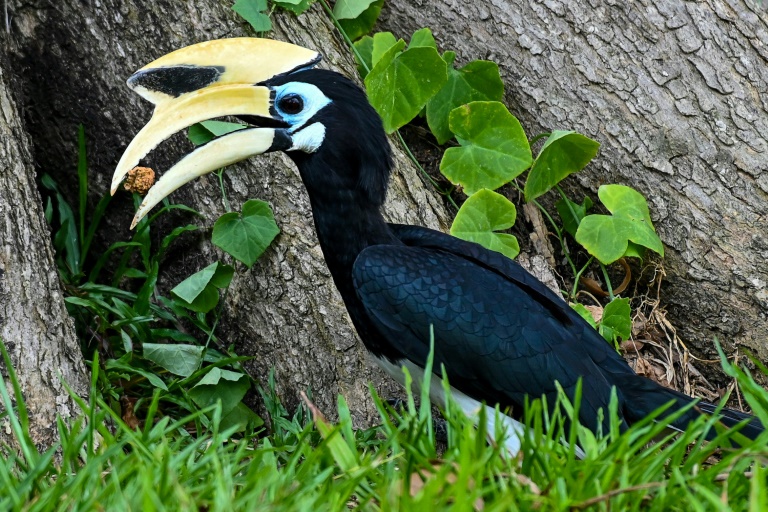Declines in seed-dispersing animal species are harming plants’ ability to move to more suitable habitats in a warming world, a new study in the journal Science said Thursday.
The findings illustrate a worrying feedback loop between biodiversity loss and the global climate crisis, with forests vital for trapping carbon.
“When we lose birds and mammals, we’re not just losing the species themselves. We’re losing this important ecological function, which is seed dispersal,” lead author Evan Fricke of Rice University told AFP.
The paper is the first to quantify the issue at the global scale, and estimates that the ability of animal-dispersed plants to keep pace with climate change has already been reduced by 60 percent due to the loss of mammals and birds.
Climate change is altering ecosystems around the world, which means that an area that is hospitable for a given tree species today might be hostile in the coming decades.
There are regions where the tree can move, with more welcoming precipitation and temperature conditions, but in order to get there it must undertake a journey while still a seed.
Around half of all plants rely on animals to eat their fruit or nuts to carry forward their seeds, while some depend on wind alone.
For their study, the US-Danish research team used data from thousands of field studies about animal traits, together with machine learning, to build a map of the contributions of seed-dispersing birds and mammals worldwide.
They also compared maps of seed-dispersal today to what things would have looked like without human-caused extinctions and reduced ranges.
The models went into great detail, including “which animals eat the seeds of which fruit, how far the seeds go from the mother plant, and also the impact of that passage on germination,” said Fricke.
That means, when an animal eats a fruit, it might destroy the seeds, or it might disperse them between meters and kilometers away.
Machine learning was used to fill in the gaps for some animal species that haven’t been studied in-depth.
For example, if a South American fox wasn’t as well studied as a European fox, but had similar characteristics, the computational model predicted how it would interact with seeds.
The results were surprising, showing that seed-dispersal losses were especially severe in temperate regions in North America, Europe, South America and Australia, even though they’d lost only a few percent of their mammal and bird species.
The disruption was less severe in tropical regions in South America, Africa and Southeast Asia — but would gather pace if more iconic endangered species are lost, such as elephants.
Taken together, the research shows conservation efforts and restoring animal species to their former ranges can help fight climate change.
“Animal declines can disrupt ecological networks in ways that threaten the climate resilience of entire ecosystems that people rely upon,” Fricke said.









